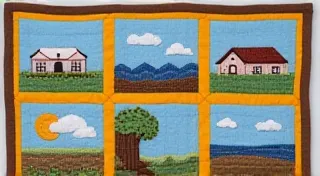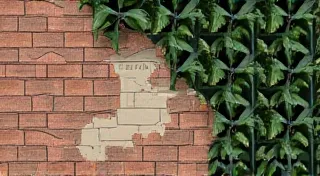A Patchwork of Pines: Maine Postcards as Reflections of Community Identity
Maine. The name itself conjures images of rugged coastlines, dense forests, and a fiercely independent spirit. But imagine a time before Instagram, before online travel guides, a time when a town's reputation was often built on a small, rectangular piece of cardboard. This is the world of vintage Maine postcards – tangible echoes of a bygone era, offering a unique window into how communities defined themselves and presented their identity to the world.
The golden age of postcards, roughly from the turn of the 20th century until the 1930s, coincided with a surge in tourism and a fervent desire amongst Maine towns to capture a piece of the burgeoning leisure market. Railroads played a critical role, facilitating travel and dispersing these miniature ambassadors of Maine across the country. These weren't just pretty pictures; they were carefully crafted narratives designed to evoke a sense of charm, opportunity, and a longing for a simpler, more authentic life.
Defining "Maine-ness": A Visual Vocabulary
What constituted “Maine-ness” in the eyes of postcard publishers and town promoters? The answers were varied, reflecting the diverse landscapes and industries that shaped the state. Coastal towns proudly showcased their picturesque harbors, lobster boats, and bustling wharves. Inland communities highlighted the grandeur of their forests, the promise of lucrative timber industries, and the tranquility of rural life. And everywhere, the presence of pine – a symbol of resilience, strength, and the very essence of Maine's natural beauty – was ubiquitous.
Early postcard printing techniques involved chromolithography, a complex process that used multiple stone plates to build up color. This explains the distinctive, somewhat faded but richly textured look of many vintage Maine postcards. The artistry involved was remarkable. Artists like Edward F. Johnson, whose work frequently depicted Acadia National Park, captured the dramatic beauty of the landscape with impressive skill. The level of detail in these early images is often astonishing, especially considering the limitations of the printing technology.
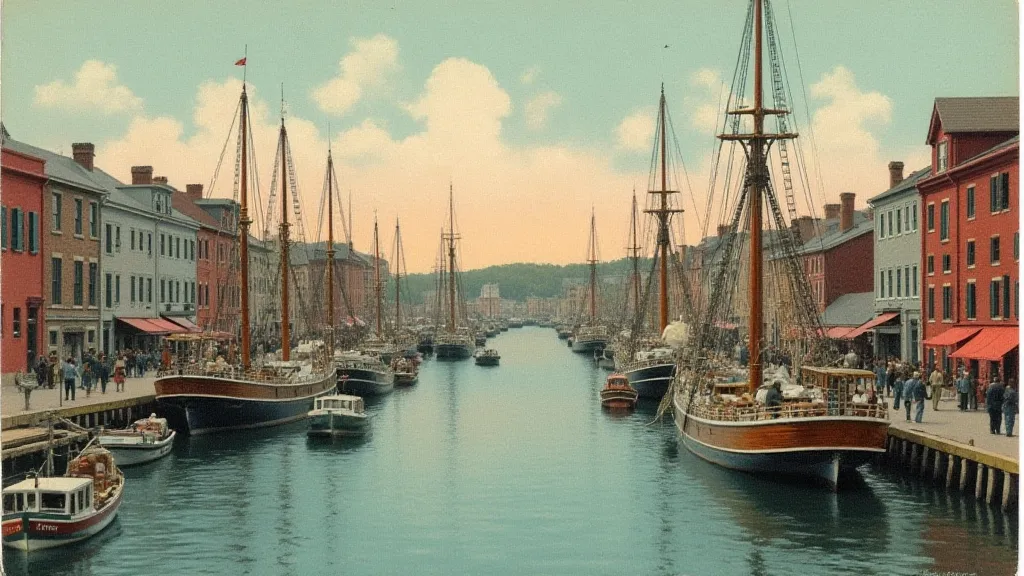
Towns as Characters: Crafting Collective Identity
It's fascinating to observe how different towns cultivated distinct postcard imagery to project a unique identity. Bar Harbor, for example, leaning heavily on its proximity to Acadia National Park, presented a picture of refined elegance and outdoor adventure. Kennebunkport, with its charming architecture and historic downtown, emphasized its historic charm and genteel atmosphere. Even smaller villages, like Boothbay Harbor or Castine, carefully curated their image, showcasing their particular blend of natural beauty and maritime heritage.
These weren't simply random choices; they were deliberate efforts to shape perceptions and attract visitors. Consider the use of captions – often penned in elegant script – that accompanied the imagery. These weren't just descriptions; they were carefully crafted narratives designed to enhance the allure of the scene. "A Perfect Summer Resort," "Maine's Scenic Gem," or "The Lobster Capital of the World" – these phrases were potent marketing tools, reinforcing a desired image and contributing to a sense of collective pride.
The Human Touch: Stories Behind the Scenes
The stories behind these postcards are as compelling as the images themselves. Many were produced by regional printing companies, catering to the specific needs of local businesses and civic organizations. Local photographers often documented the scenes, providing a firsthand perspective on community life. These weren't anonymous creators; they were part of the fabric of their towns, invested in shaping their image and celebrating their heritage.
I recall finding a small collection of postcards from a tiny village in Aroostook County, Maine, depicting the local potato harvest. The images weren't particularly glamorous; they showed families working the fields, often in challenging conditions. Yet, they conveyed a profound sense of community and a quiet pride in their work. These weren’t striving for a fabricated grandeur; they depicted the reality of rural life in Maine, a world often overlooked in more idealized portrayals. The fleeting colors and textures of these images, and so many others, are susceptible to the ravages of time – a subject explored further in articles detailing the vulnerability of color in aging Maine postcards.
The back of these postcards often held their own stories – snippets of correspondence from friends and family, sharing news and updates across the country. These aren’t mere artifacts; they’ve been vessels for connection and emotion, bridging distances and keeping relationships alive. The careful script used, the language employed, and the very rhythm of the correspondence reflect a period where communication was deliberate and meaningful – a time when the handwritten word held a unique value.
A Delicate Past: Restoration and Preservation
Vintage postcards, like all historical artifacts, are fragile. Years of exposure to sunlight, humidity, and handling can take their toll. Fading ink, torn edges, and surface scratches are common ailments. While digital reproduction allows us to share these images widely, preserving the original postcards remains a crucial responsibility.
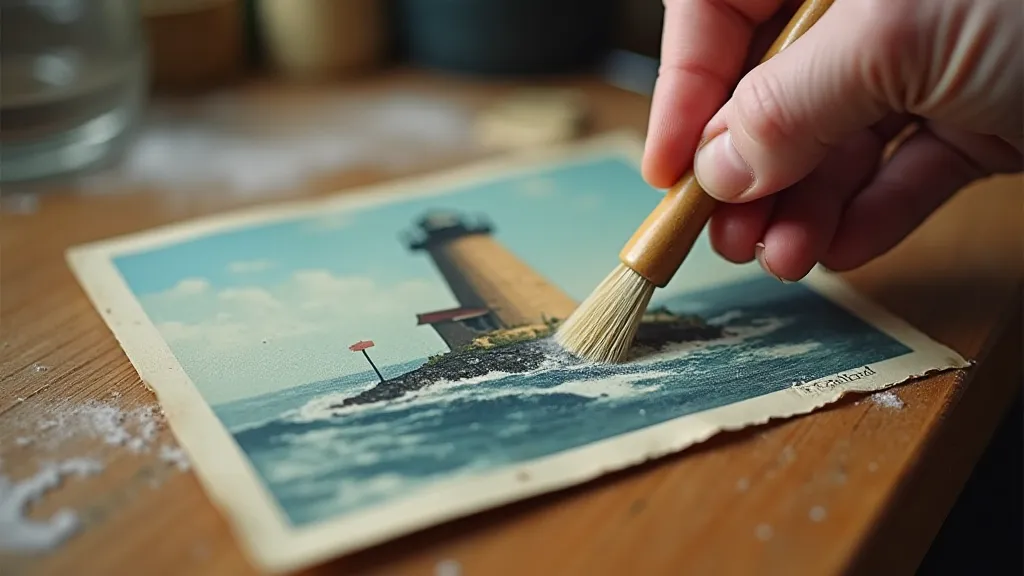
Restoration isn't about erasing the signs of age; it's about stabilizing the condition of the postcard and preventing further deterioration. Gentle cleaning with archival-quality materials and careful storage in acid-free sleeves are essential steps. More complex repairs, such as mending tears or reattaching loose fragments, require specialized skills and should be undertaken by experienced conservators. However, even basic preventative measures can significantly extend the lifespan of these delicate treasures. A deeper understanding of the artistic and historical significance of these postcards often leads to a renewed appreciation for the stories they hold, a topic that deserves further exploration of untold stories found on the backs of Maine postcards.
More Than Just Pictures: Echoes of a Bygone Era
Collecting vintage Maine postcards isn’t just about acquiring pretty pictures; it’s about connecting with a tangible piece of history. It's about understanding how communities defined themselves, how they presented their identity to the world, and how they maintained connections across vast distances. Each postcard tells a story—a story of resilience, community, and the enduring allure of Maine’s landscapes and traditions. The act of holding a vintage postcard is a portal to the past, a glimpse into the hearts and minds of those who came before us. The significance of these artifacts goes beyond their visual appeal; they offer a window into the rhythms of rural life and the cycles of the seasons, echoing the same patterns that sustained generations. Reflecting on these traditions often highlights the integral role of agriculture and seasonal labor in shaping Maine's identity, prompting one to consider the profound connection between place, work, and community - a subject explored further in articles focusing on seasonal cycles and postcard vignettes of Maine's harvests.
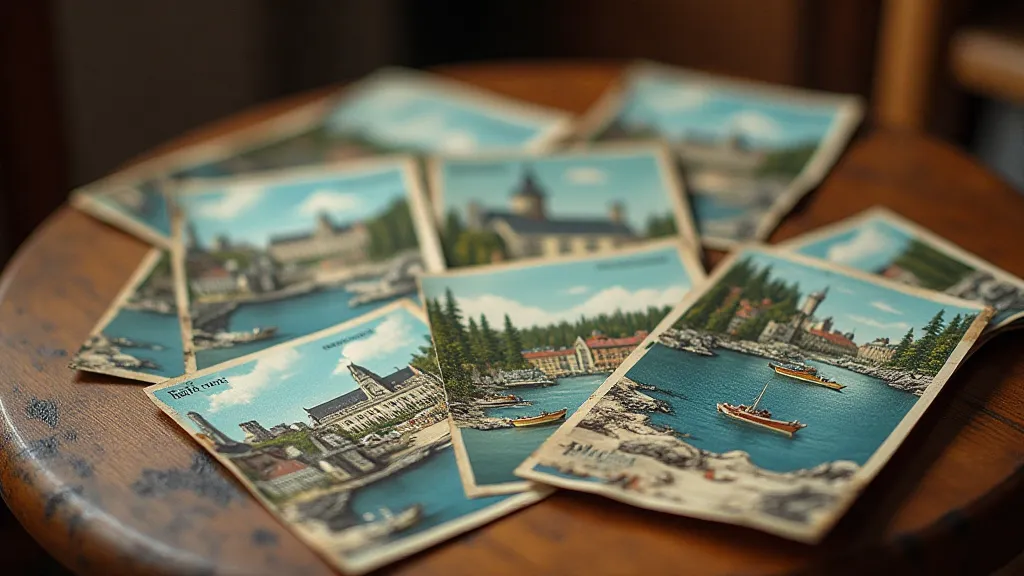
The pine forests still stand, the harbors still bustle, and the spirit of Maine endures. And the vintage postcards, these fragile echoes of a bygone era, continue to remind us of the enduring power of place and the importance of community identity. The preservation of these postcards represents a commitment to safeguarding not only physical objects but also the memories and narratives they embody – a crucial endeavor for any community seeking to understand its past and shape its future.

